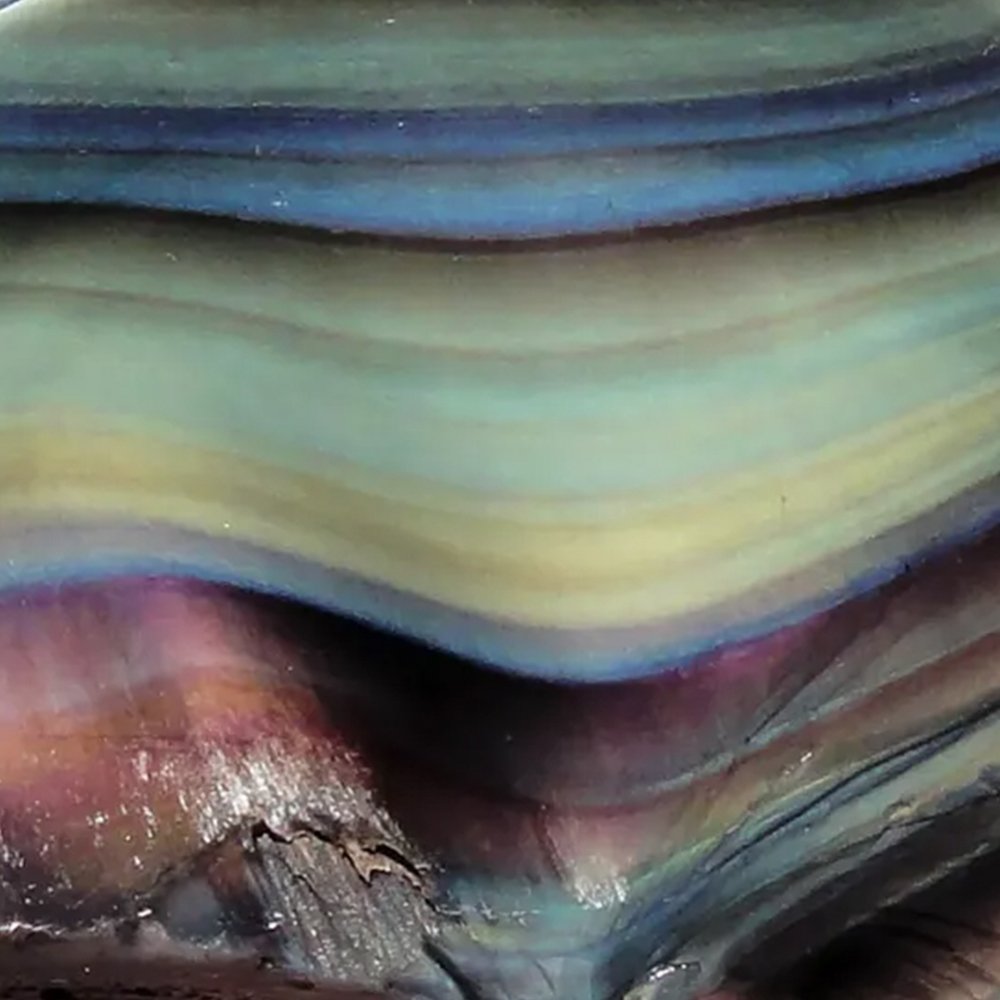Obsidian
About
Obsidian is a natural volcanic glass formed when molten lava cools so rapidly that it does not have time to crystallise. Its smooth, glassy texture and deep black colour make it a distinctive and attractive material. Variants like snowflake obsidian, which contains white inclusions, and rainbow obsidian, with its iridescent sheen, add to its appeal. Obsidian has been used for thousands of years in tools, weapons, and jewellery due to its sharp edges and appearance.
Birthstones & Anniversaries
Obsidian is not a traditional birthstone but is associated with the zodiac sign Scorpio, symbolising protection, grounding, and transformation.
Crystal Healing Energy
Black obsidian is all about protection and grounding, making it a go-to for anyone wanting to feel anchored and safe. Connected to the root chakra, it’s like your energetic shield against negativity, helping you stay grounded and centred. With black obsidian, you’re not only protected but also gaining clarity—it’s fantastic for cutting cords, cutting through illusions and uncovering hidden truths, so you can dive into some serious self-reflection and growth.
Facts
Volcanic glass: Obsidian forms from rapidly cooled lava, resulting in a natural glass without a crystal structure.
Sharp edges: Obsidian can be fractured to create extremely sharp edges, which is why it was used for blades and tools by ancient civilisations.
Ancient uses: Obsidian has been used for arrowheads, knives, and mirrors since prehistoric times, with a history of use in civilisations like the Aztecs and Mayans.
Found near volcanoes: Major deposits of obsidian are found near volcanic regions, such as Mexico, the United States, and Italy.
Science
Mineral: Volcanic glass (not a true mineral)
Crystal System: Amorphous
Chemistry: SiO₂ (with impurities)
Colour: Typically black, but also brown and multicoloured
Refractive Index: 1.45 to 1.55
Birefringence: None
Specific Gravity: 2.3 to 2.6
Mohs Hardness: 5 to 5.5
TreatmentsObsidian is typically untreated, as its natural glassy appearance is highly valued.
SyntheticsThere are no widely produced synthetic versions of obsidian.
ImitationsColoured glass can be used to imitate obsidian, especially black glass. However, glass imitations lack the volcanic origin and the distinctive natural qualities of real obsidian and variation in types.
similar materialsJet: Often mistaken for obsidian due to its black colour, but jet is a fossilised wood with a lower hardness and lighter feel.
Onyx: A black variety of chalcedony that may resemble obsidian but has a crystalline structure and is typically banded.
Tourmaline: Black tourmaline may be confused with obsidian due to similar colouring, but it has a much higher hardness and a crystal structure.
Obsidian Gallery

Silver sheen obsidian

Mahogany obsidian

Black obsidian

Snowflake obsidian

Mahogany obsidian

Mahogany obsidian

Snowflake obsidian

Rough black obsidian

Carved obsidian arrow

Conchoidal fracture

Snowflake obsidian

Gold sheen obsidian

Apache tears

Spiderweb obsidian

Rainbow obsidian
Why We love Obsidian
volcanic originIts formation from rapidly cooling lava adds an element of natural wonder, making obsidian a symbol of transformation and resilience.
VarietyFrom snowflake obsidian to rainbow obsidian, this material offers a wide range of beautiful visual effects and colours.
Ancient HistoryUsed for millennia in tools, weapons, and art, obsidian carries a rich cultural heritage.
Varieties of Obsidian



